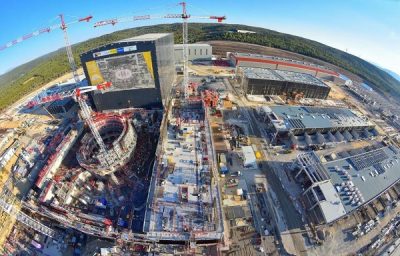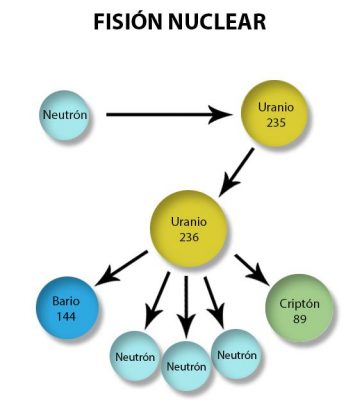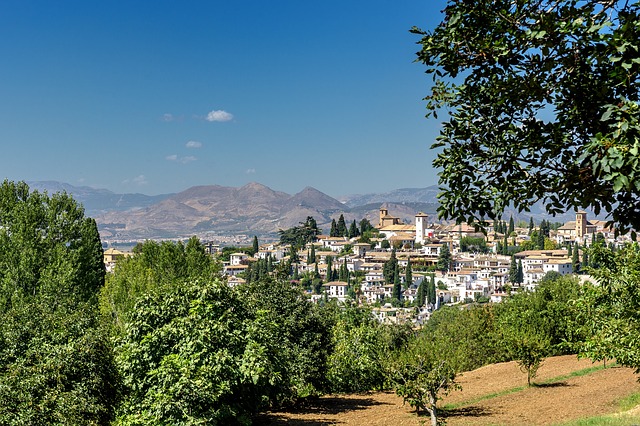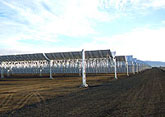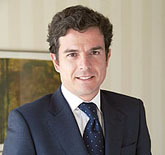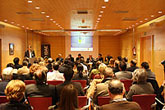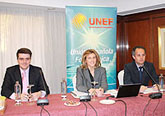Fusion for Energy (F4E) last week celebrated its tenth anniversary. It is the joint venture that was created to provide European contribution to the ITER nuclear fusion project through an international association composed of Euratom, USA., Russia, China, India, Korea and Japan (two thirds of the world population and more than 80% of world GDP) in order to find an abundant source of low carbon energy.
The ITER project aims to build the world’s largest nuclear fusion machine to verify the viability of this energy as a sustainable source, since it basically uses cheap, abundant fuels, and geographically distributed in a uniform way, says Foro Nuclear that points out that water of lakes and oceans contains enough heavy hydrogen for millions of years, at the current rate of energy consumption. In addition, it does not produce gases that contribute to the greenhouse effect. The reaction itself only produces helium, a non-harmful gas.
Of course, it does not get rid of radioactivity because inevitably, the neutrons emitted in the fusion reactions generate radioactivity in the reactor structure. In this regard, Foro Nuclear says that «it can be minimized by carefully choosing the materials, those of low activation and therefore it is not necessary to store the elements of the reactor more than fifty years«, although other experts speak of 100 or 150 years.
This way of generating energy is different from the traditional nuclear one that is based on the fission of uranium and is produced in a nuclear bomb. It consists of the controlled fusion of atoms to create conditions similar to those that occur in the sun in which hydrogen atoms are subjected to enormous gravitational pressures that make them collide with each other and fuse since all this occurs at very high temperatures (around 15 million Cº).

Thus, «a typical nuclear fusion reaction consists of the combination of two isotopes of hydrogen, deuterium and tritium, to form a helium atom plus a neutron,» Foro Nuclear explains. The difficulty is that the process requires a large amount of energy, hence the challenge. This can be solved using a particle accelerator.
The platform of the International Thermonuclear Experimental Reactor, ITER, is located in Cadarache (France) and is three times heavier than the Eiffel Tower, 73 meters high (13 below the surface) and has an estimated weight of 23 thousand tons.
[pullquote] Although about 50% of the value of the planned European contribution to ITER has already been contracted, the project offers many more opportunities for European companies in the coming years [/ pullquote]
The project construction has accelerated significantly following major changes in its management in 2015, and now it has crossed its halfway point and moves towards physical completion, the European Commission notes on its website.
To fulfill Europe’s commitments to the project, F4E has so far closed contracts with more than 400 European companies and 60 scientific and research entities for a total of approximately 4 billion euro. The direct contractors of F4E are located in more than 20 countries of the EU.
Although about 50% of the value of the planned European contribution to ITER has already been contracted, the project offers many more opportunities for European companies in the coming years in several high technology areas and industrial sectors with high added value, the Commission says.
Indeed one of the conclusions of the Fusion Energy Conference FEC celebrated at the end of October 2016 in Kyoto, Japan, is that the global energy system of year 2050 will need to consider fusion as one more element. In this framework, the CIEMAT stressed that a key factor for the participation of fusion technologies in the global energy system will be its final cost and that the most favorable scenario for its entry into the global electricity market is one that embraces the most ambitious environmental objectives.
Nuclear fusion: pros and cons
-It uses fuels, such as hydrogen that are cheap, abundant, and evenly distributed geographically.
– According to Foro Nuclear , this is an «intrinsically safe system: the reactor only contains the fuel for the next ten seconds of operation. The fusion reaction is not a chain reaction; it is not possible to lose control. The reaction can be stopped at any time, by simply shutting off the fuel supply. «
-There is radioactivity in the structure of the reactor, produced by the neutrons emitted in the fusion reactions. Nuclear Forum says it can be minimized by carefully choosing the materials, of low activation. Therefore, according to some experts it is not necessary to store the reactor elements more than fifty years while for others it would require storage for between one hundred and fifty years.
Carlos Sánchez Criado
Publicista por la Universidad Complutense. Director comercial de publicaciones técnicas del sector de la energía durante doce años. Director de Energy News Events, S.L. desde 2012 difundiendo información en Energynews.es, movilidadelectrica.com e hidrogeno-verde.es. Y por supuesto, organizando eventos como VEM, la Feria del Vehículo Eléctrico de Madrid.





